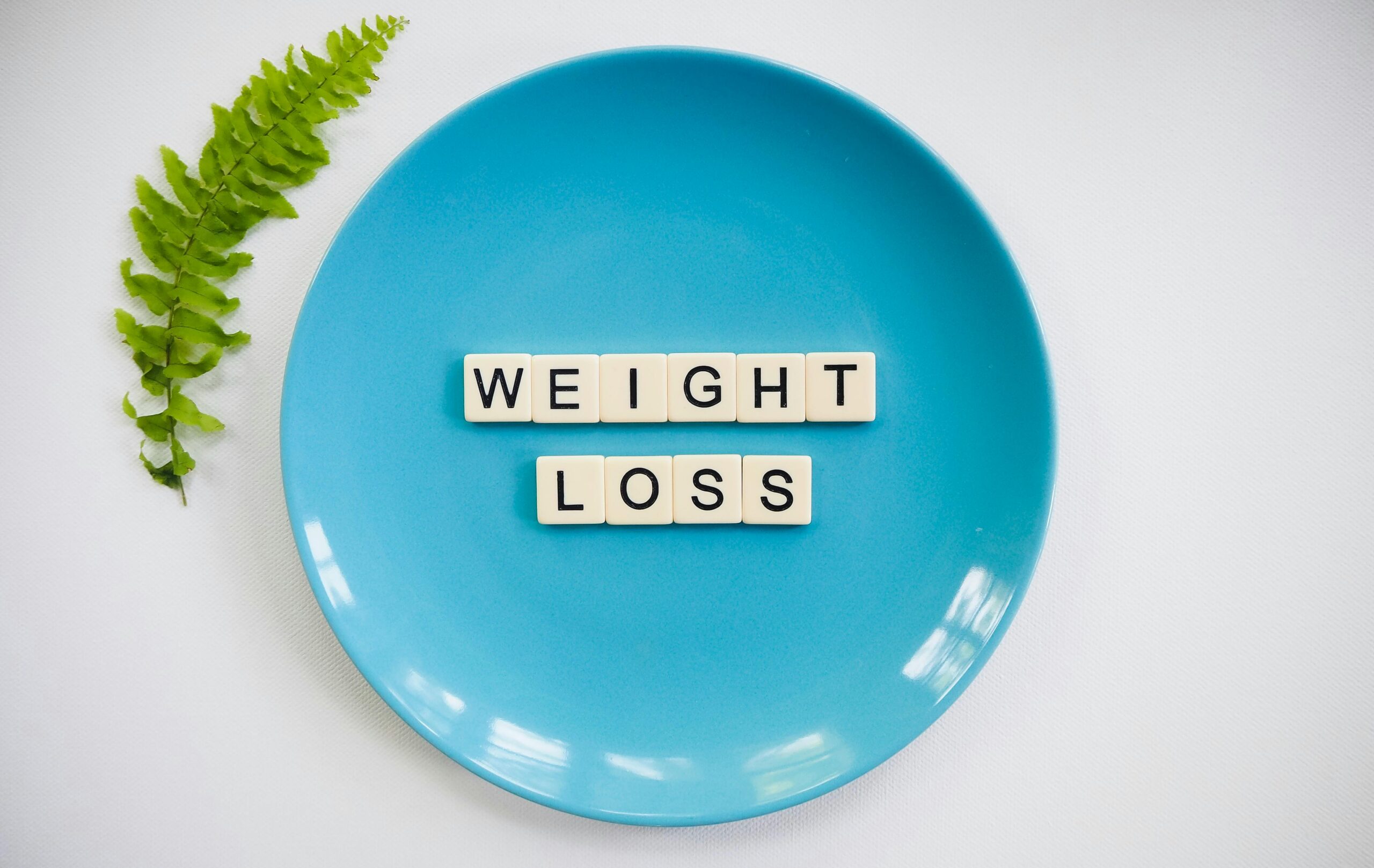The Ultimate Guide to Healthy Weight Loss: Tips, Strategies, and Myths Busted

The Ultimate Guide to Healthy Weight Loss: Tips, Strategies, and Myths Busted
Losing weight is a goal for many, but it’s also one of the most talked-about and misunderstood topics when it comes to health and wellness. Whether you’re trying to shed a few pounds for a special event, improve your overall health, or simply feel better in your body, the road to weight loss can be challenging. There are countless diets, exercise plans, and supplements that promise quick results, but lasting weight loss requires a more balanced, sustainable approach.
In this blog, we’ll break down the most effective strategies for weight loss, debunk some common myths, and give you the tools you need to embark on your own weight loss journey—whether it’s your first time or you’re looking to get back on track.
1. Understand the Basics of Weight Loss
At its core, weight loss comes down to one simple principle: calories in vs. calories out. To lose weight, you need to burn more calories than you consume. However, this doesn’t mean you have to starve yourself or follow a super-restrictive diet. Weight loss is a gradual process that involves healthy, sustainable changes in your eating and exercise habits.
- Calories In: The energy you get from food and drinks.
- Calories Out: The energy your body uses for daily activities, including exercise, digestion, and maintaining bodily functions.
To lose weight, create a calorie deficit by either reducing your calorie intake, increasing your physical activity, or ideally, doing both. However, it’s important to focus on nutrient-dense foods and avoid extreme caloric restriction, as this can slow down metabolism and lead to muscle loss.
2. Create a Calorie Deficit Without Starving Yourself
One of the most common mistakes people make when trying to lose weight is drastically cutting calories. While reducing your calorie intake is necessary for weight loss, it’s equally important to avoid extreme calorie restriction, which can lead to nutritional deficiencies and decreased energy levels.
Here’s how you can create a sustainable calorie deficit:
- Track Your Calories: Use a food diary or a calorie-tracking app to monitor your intake. This helps you become more mindful of your eating habits and understand where you can make small adjustments.
- Focus on Whole Foods: Choose nutrient-dense foods that are low in calories but high in vitamins, minerals, and fiber. Vegetables, fruits, lean proteins (chicken, turkey, tofu, fish), and whole grains (brown rice, quinoa, oats) are excellent choices.
- Practice Portion Control: Sometimes, it’s not what you’re eating, but how much you’re eating. Be mindful of portion sizes, and try using smaller plates or bowls to prevent overeating.
- Avoid Empty Calories: Foods that are high in sugar or refined carbs (like sodas, sweets, and processed snacks) provide little nutritional value and can lead to overeating.
Tip: Aim for a modest calorie deficit—around 500 to 750 calories per day—which can result in a safe and sustainable weight loss of 1-1.5 pounds per week.
3. Make Exercise a Regular Part of Your Routine
Exercise plays a crucial role in weight loss by helping you burn calories and build muscle. But the best exercise routine for weight loss doesn’t necessarily involve spending hours at the gym or doing extreme workouts. The key is consistency and finding activities that you enjoy. Here’s how to incorporate exercise into your routine:
- Cardiovascular Exercise: Activities like walking, running, cycling, swimming, or dancing can help you burn a significant number of calories. Aim for at least 150 minutes of moderate-intensity cardio per week, or 75 minutes of vigorous cardio.
- Strength Training: Building muscle through weightlifting or bodyweight exercises (like squats, push-ups, and lunges) increases your metabolism and helps you burn more calories at rest. Aim to include strength training exercises 2-3 times per week.
- Stay Active Throughout the Day: In addition to formal exercise, increase your overall activity levels. Take the stairs instead of the elevator, walk or bike instead of driving short distances, and stand up or stretch periodically if you have a sedentary job.
Tip: Make exercise enjoyable! Whether it’s hiking, yoga, or dancing, find activities that make you feel good so that you’ll stick with them long term.
4. Focus on a Balanced, Nutrient-Dense Diet
When it comes to weight loss, quality matters just as much as quantity. Instead of focusing solely on calories, pay attention to the nutrients in your food. A balanced diet can help keep you satisfied, nourish your body, and support your metabolism. Here’s what to include in a weight loss-friendly diet:
- Protein: Protein helps you feel full longer and supports muscle repair and growth. Include lean sources like chicken, turkey, fish, eggs, beans, and legumes. If you’re vegetarian or vegan, opt for plant-based proteins like tofu, tempeh, and lentils.
- Fiber: Fiber-rich foods, like vegetables, fruits, whole grains, and legumes, are excellent for keeping you full and aiding digestion. Fiber helps slow down the release of sugar into your bloodstream, preventing energy crashes and cravings.
- Healthy Fats: Healthy fats, such as those found in avocados, nuts, seeds, and olive oil, are essential for hormone production and keeping you satiated. Just be mindful of portion sizes since fats are calorie-dense.
- Low-Glycemic Carbs: Instead of refined carbs (white bread, pasta, pastries), opt for whole grains and complex carbohydrates like quinoa, sweet potatoes, and brown rice. These carbs have a lower glycemic index, meaning they are digested more slowly and provide steady energy.
Tip: Fill half your plate with vegetables, one-quarter with lean protein, and one-quarter with whole grains. This simple strategy helps ensure you’re getting a balanced and satisfying meal.
5. Stay Hydrated
Water is crucial for weight loss for several reasons. It helps regulate your metabolism, supports digestion, and can even curb unnecessary snacking. Sometimes, our bodies confuse thirst with hunger, leading us to eat when we’re actually dehydrated.
- Drink Water Before Meals: Drinking a glass of water before meals can help you feel fuller and prevent overeating.
- Opt for Water or Herbal Teas: Sugary drinks like soda, juice, or high-calorie coffee drinks can add unnecessary calories. Stick to water, herbal teas, or black coffee to keep your calorie intake in check.
Tip: Aim for at least 8 cups (64 oz) of water per day, or more if you’re active or live in a hot climate.
6. Get Enough Sleep
Sleep is often overlooked in weight loss discussions, but it’s just as important as diet and exercise. Poor sleep can disrupt your metabolism, increase hunger hormones (ghrelin), and make it harder to make healthy decisions throughout the day.
- Aim for 7-9 hours of sleep per night to support optimal metabolism and reduce cravings.
- Create a bedtime routine that helps you wind down—avoid screens, caffeine, and heavy meals before bedtime.
- Manage Stress: High stress levels increase cortisol, a hormone that can lead to weight gain, especially around the abdomen. Practice stress-reducing activities like meditation, yoga, or simply going for a walk.
Tip: Try to go to bed and wake up at the same time every day, even on weekends, to regulate your sleep cycle.
7. Debunking Common Weight Loss Myths
There are countless myths surrounding weight loss that can make the journey confusing. Here are a few common misconceptions:
- Myth #1: Carbs Make You Gain Weight – Carbohydrates are not inherently bad. The key is choosing complex carbs like whole grains over simple sugars and refined carbs.
- Myth #2: You Have to Exercise for Hours to Lose Weight – Short, consistent workouts can be just as effective as long sessions. Focus on a balanced routine that includes both cardio and strength training.
- Myth #3: Diet Pills or Fad Diets Are the Answer – While some supplements and diets may promise rapid results, they often don’t provide lasting solutions. Focus on sustainable lifestyle changes for long-term success.
8. Stay Consistent and Be Patient
Weight loss is not an overnight process—it takes time, consistency, and patience. Celebrate small victories along the way, whether it’s fitting into a pair of jeans or noticing an improvement in your energy levels. The key is to make sustainable changes that you can maintain in the long run.
Tip: Track your progress with non-scale victories like improved energy, better sleep, or increased fitness, rather than just focusing on the number on the scale.
Conclusion: Your Weight Loss Journey Starts Now
Losing weight is about more than just shedding pounds—it’s about adopting a healthier lifestyle that nourishes your body and improves your overall well-being. Focus on creating a calorie deficit, eating nutrient-dense foods, staying active, and prioritizing sleep and hydration. By following these tips and debunking myths along the way, you’ll be on your way to achieving your weight loss goals in a healthy and sustainable manner.
Remember, everyone’s journey is different. Take it one step at a time, and be kind to yourself along the way. Your body deserves the best care, and with the right mindset and approach, you can achieve the lasting results you desire.
What’s your top tip for weight loss success? Share your experiences in the comments! 💪🥗




